News
News
CERN's edge AI data analysis techniques used to detect marine plastic pollution
CERN’s expertise in data management is leveraged to combat marine plastic litter through the new EU project, Edge SpAIce
You see an empty field? We see an “Open Sky Laboratory”!
Solutions proposed in the Future Circular Collider “Mining the Future” competition will now be evaluated in a 10 000 square metre “Open Sky Laboratory”
Reducing emissions related to duty travel: everybody’s contribution counts
New recommendations provide guidance for making environmentally responsible travel choices
ABB and CERN identify 17.4% energy-saving opportunity in the Laboratory’s cooling and ventilation motors
Through a strategic research partnership focused on CERN’s cooling and ventilation systems, energy efficiency audits have helped to identify a savings potential of 17.4% across a total of 800 motors
CERN publishes its environment report for 2021–2022
The report highlights progress and areas for future development in CERN’s ongoing efforts to minimise its environmental footprint
CERN energy management: a collective effort
Find out how we can all help to improve CERN’s energy performance
Carbon dioxide for the environment
Following the completion of a successful in-house development phase, CERN is equipping the ATLAS and CMS detectors with new carbon dioxide (CO2) cooling systems that will contribute to the transition towards green and sustainable technology in this area
CERN marks World Environment Day with a new video
Monday 5 June marked the 50th anniversary of World Environment Day, one of the United Nations' vehicles for encouraging worldwide awareness and action for the environment
Get to know CERN’s orchids and why the grass is left to grow
New biodiversity signage pops up around the sites
The 2022 CERN Knowledge Transfer highlights are now published
This report shows how CERN’s technology and expertise, paired with our partners, can drive innovation and progress for the benefit of society
